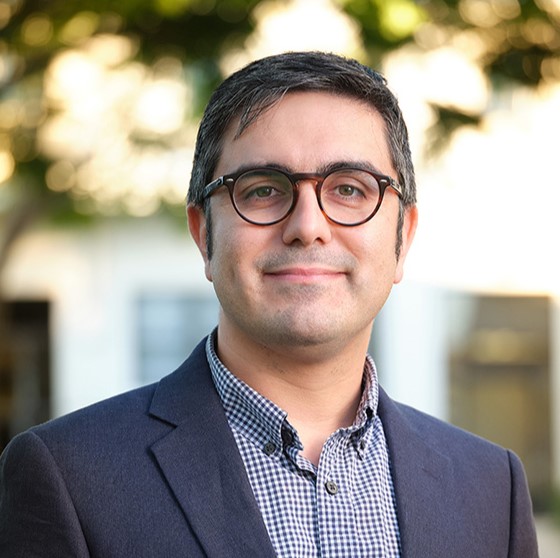Research
Seismic Response of Moment-Resisting Frames Coupled with Rocking Walls
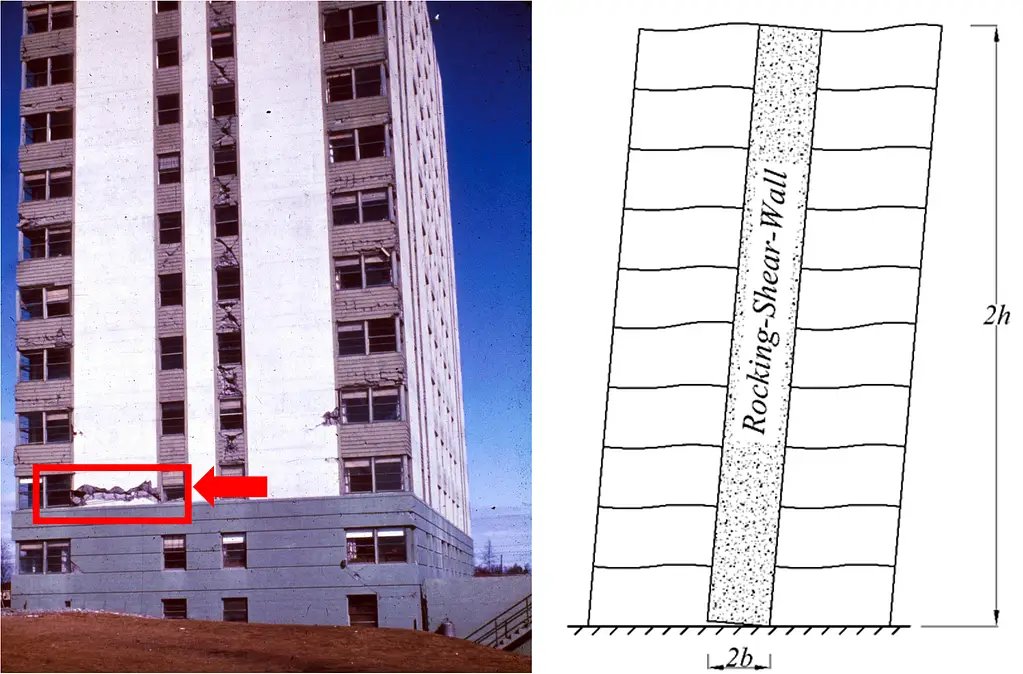
In view of the appreciable seismic damage and numerous weak-story failures (including mid-height failures) of multistory buildings documented after major earthquakes, there has been growing interest in hybrid structural systems that couple the response of moment-resisting frames with stiff walls that are allowed to uplift and rock during ground shaking, thereby promoting a more uniform drift distribution along the height.
In this area, the SEHM Lab has conducted a series of analytical and numerical studies to understand the behavior of moment-resisting frames when coupled with rocking walls of different configurations. These studies have been published in peer-reviewed journals and presented at international conferences.
Structural Health Monitoring and Digital Twins

Given the aging state of much of our civil infrastructure and the need for timely maintenance to keep critical assets operable over longer service lives, it is essential to develop methods for real-time structural health monitoring and damage detection. The aim of this work is to develop a framework, through combined experimental and numerical studies, for building physics-based digital twins of civil infrastructure that can predict future behavior under evolving loading and deterioration scenarios.
To this end, the SEHM Lab has led and participated in several health monitoring projects on stadiums, bridges, and energy infrastructure, collecting field data and integrating it with computational models for system identification, damage detection, and prognosis.
Digital Twin Bridge Mockup (Ongoing)
The SEHM Lab is developing a two-span steel bridge mockup to support research on physics-based digital twins, reduced-order modeling, and experimental structural dynamics. The system integrates CNC-fabricated components, instrumented steel columns, high-fidelity finite element models, and laboratory modal testing to enable real-time system identification and model updating.
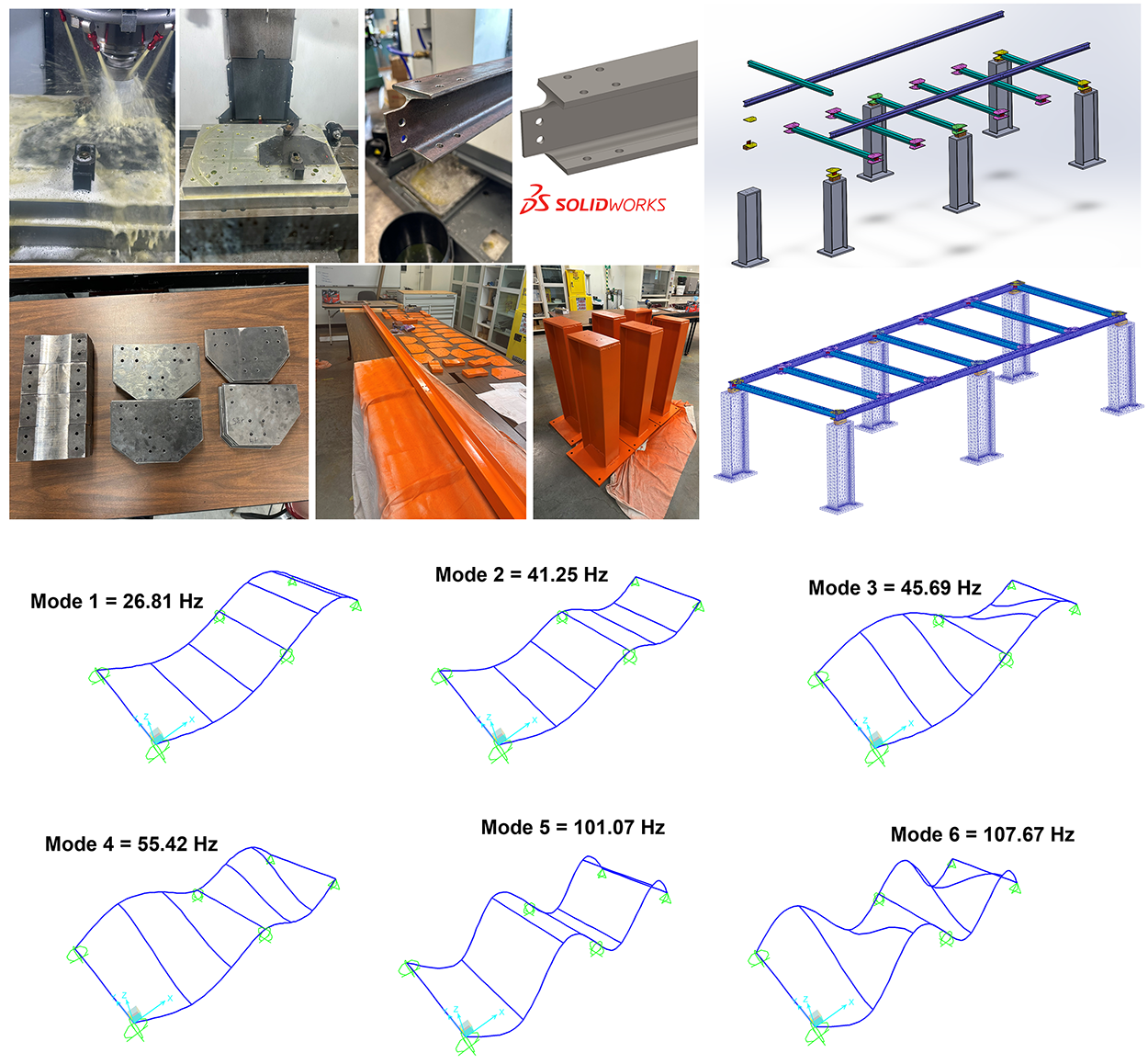
This figure summarizes the workflow from fabrication and assembly to FE model generation and modal analysis. These experiments form the foundation for future work on reduced-order digital twins, uncertainty-aware model updating, and damage detection.
High-Fidelity Finite Element Analysis Using Substructuring Techniques

Increased computational power has enabled detailed high-fidelity finite element models (FEMs) of large civil structures. However, even with high-performance computing, the dynamic analysis of such models can remain computationally expensive, particularly when repeated simulations are required for model updating or uncertainty quantification.
To address these challenges, especially when eigenvalues, mode shapes, and frequency-response functions are the outputs of interest, the SEHM Lab employs and extends component mode synthesis (CMS) methods, such as Craig–Bampton substructuring, to generate reduced-order models that remain faithful to the underlying physics while being computationally efficient.
Bridge Piers Free to Rock and Rotate Above Their Foundations
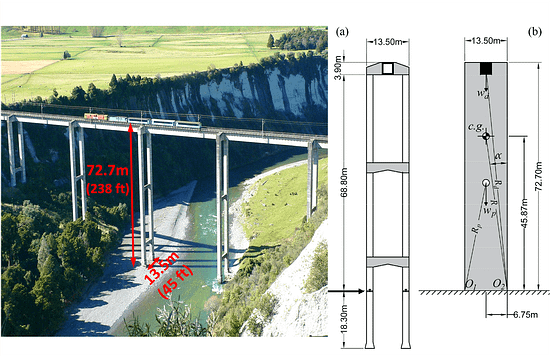
The concept of allowing tall, slender structural elements to uplift and rock was first advanced and implemented in modern civil engineering in the late 1960s in New Zealand with the stepping piers of the South Rangitikei Rail Bridge. Despite its remarkable design and half-century-long seismic performance, this stepping concept has not received the attention it deserves. Even today, the design of most tall valley bridges remains rooted in capacity design, often leading to disproportionately large and expensive pile or caisson foundations.
The SEHM Lab investigates rocking bridge piers equipped with supplemental damping and isolation devices as a means to limit seismic demands. Our work on rocking bridge piers with supplemental dampers was recognized with the ASCE J. James R. Croes Medal.
Explaining the Destruction of Monumental Architecture
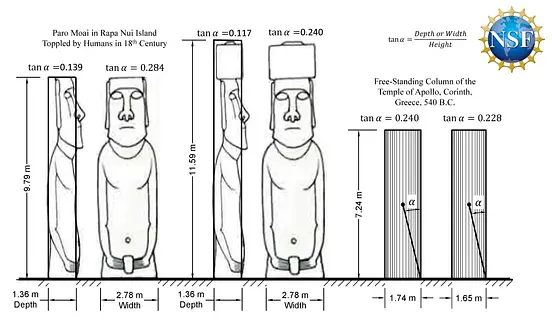
This project seeks to improve our understanding of ancient societies by examining the destruction of monumental architecture. It focuses on sites where hundreds of massive stone statues were carved, transported, erected, and later toppled. Popular accounts have attributed the destruction of these statues to warfare and societal collapse; other hypotheses include gradual neglect or strong earthquakes.
The research team, comprising archaeologists, a seismologist, and civil engineers, works closely with students to evaluate these competing explanations using field observations, historical records, and physics-based modeling. The project enhances indigenous cultural understanding, and the results are expected to provide a consensus explanation for this case study and motivate related investigations elsewhere. This work is supported by the National Science Foundation (Award No. 2401213). [link]
Student Research
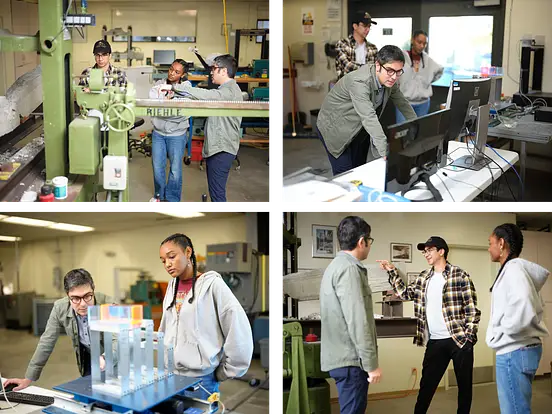
We are actively looking for motivated students to join ongoing projects in digital twins, experimental structural dynamics, and seismic resilience. If you are interested in research, please email me or visit my office.
